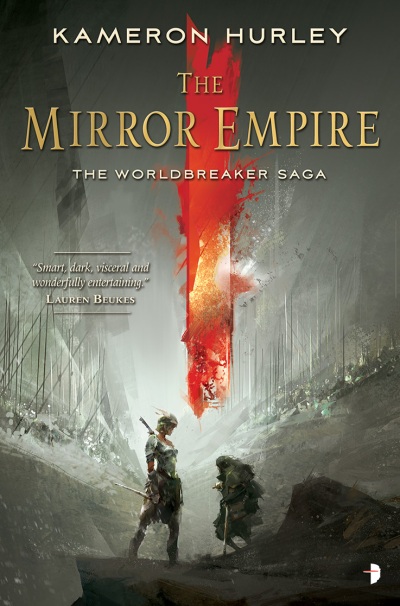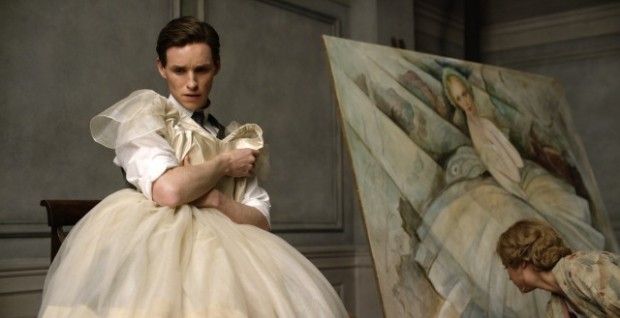The road to hell is paved with good intentions.
Several months ago, my husband “ran out of books to read” and was recommended an online serial, or web fiction, called A Practical Guide to Evil. At the time, there were two complete books online and the beginnings of a third. My husband started reading it and instantly fell in love. He recommended it to me on multiple occasions; even when I was buried in schoolbooks to read, he would say, “Why don’t you just read the prologue? It’s not too long. You’ll love it.” I resisted until this weekend.
And I couldn’t. Stop. Reading.
Practical Guide is told from the villains’ perspective, and it doesn’t pretend otherwise or make apologies. Within the first chapters, it becomes abundantly clear that the main character, Catherine, will stop at nothing to achieve her goals—even if it means killing in cold blood or betraying her partners. But despite her evil actions, Catherine is likeable. She’s witty, cunning, straighforward when she needs to be and duplcitious when she doesn’t. She may have a ferocious, backstabbing, manipulative exterior, but she tells herself it’s all to free her homeland—and we believe her. We accept her twisted motives because we see the Heroes, and they don’t look so different. Practical Guide wants its readers to struggle, to wonder about the nature of Good and Evil.
In addition to the refreshing take on the classic hero’s tale, Practical Guide has an interesting magic system. The world is low-magic, with only a few individuals possessing powers, given to them by Names and Roles. Basically, Practical Guide‘s magic is based on achetypes, and shamelessly so. People can take on Roles, like Warlock, Captain, Ranger, Scribe, Empress… And they will learn magic based on the Role. Every person who comes into a Role has slightly different magic, so no two are exactly alike, but you can bet that everyone named Empress has been, well, the Empress.
So, the premise is good, the magic is good, the characters grow on you—what’s not to like? Here we get into the thorny side of web fic. From what my husband has told me, many web fics are published without any real editing (e.g. there are obvious typos). Practical Guide is sadly no exception. Every chapter has typos, phrases that could be omitted with no affect on the meaning of the sentence or paragraph; the story as a whole has a bad case of info-dumping and formatting issues. One character is referred to by alternating pronouns the first time he’s introduced (after his introduction, he goes by male pronouns only), and another character was renamed after her introduction—that, or there were so many new characters at once that I lost track of people. This book would never be on bookshelves in its current form.
But that’s a hidden truth to publishing. The book you buy at the store looks nothing like its first, second, third, tenth draft. The most important thing when acquiring a book is to look past its typos and peer into its heart, find its voice. Practical Guide has that voice, that nameless thing that keeps readers up at night, gripping their paperback (or phone, as the case may be) until the action subsides. I blazed through the first book of Practical Guide in just a few days and overlooked the typos and formatting issues because the story was simply too good to ignore.
I enjoyed this book immensely. I actually read it during the day, for once; that’s not an easy feat, as lately, I’ve been reading solely before bed. I’m so glad I took my husband’s word and gave this web fic a chance. You might enjoy it, too. So have at it.
2/5 for editing & design, 5/5 for everything else.
 The Mirror Empire was one of those books that I grabbed on a whim at Powell’s and promptly forgot about. I’m glad I pulled it from the shelf, though, because it’s an extremely ambitious novel and, despite its shortcomings, and enjoyable read.
The Mirror Empire was one of those books that I grabbed on a whim at Powell’s and promptly forgot about. I’m glad I pulled it from the shelf, though, because it’s an extremely ambitious novel and, despite its shortcomings, and enjoyable read.
 Unlike the vast majority of colleges (especially on the west coast), my alma mater offered two English degrees: Literature and Creative Writing. As part of the creative writing degree requirements, we had to take a certain number of writing courses in different genres—I studied the fiction and creative nonfiction tracks—and a variety of literature courses. Now, when I was a freshman, I didn’t understand why lit courses would be required for a creative writing degree. I wanted to write for the rest of my life, not read centuries-old manuscripts and analyze the author’s use of motif.
Unlike the vast majority of colleges (especially on the west coast), my alma mater offered two English degrees: Literature and Creative Writing. As part of the creative writing degree requirements, we had to take a certain number of writing courses in different genres—I studied the fiction and creative nonfiction tracks—and a variety of literature courses. Now, when I was a freshman, I didn’t understand why lit courses would be required for a creative writing degree. I wanted to write for the rest of my life, not read centuries-old manuscripts and analyze the author’s use of motif. When you’re reading a book, do you ever feel like you’re obligated to finish it? That if you just read one more chapter, you’ll come across a beautiful gem of a scene and it’ll make the previous eighty pages worth it? That was kind of how I felt with Brian Staveley’s The Emperor’s Blades. It took me WEEKS to finish it. I would read ten or twenty pages at the gym (more on that later), then another ten or so pages before bed, then I went out of town and didn’t read it at all, and then I was hanging out with friends… The book didn’t immediately grab me like I had hoped.
When you’re reading a book, do you ever feel like you’re obligated to finish it? That if you just read one more chapter, you’ll come across a beautiful gem of a scene and it’ll make the previous eighty pages worth it? That was kind of how I felt with Brian Staveley’s The Emperor’s Blades. It took me WEEKS to finish it. I would read ten or twenty pages at the gym (more on that later), then another ten or so pages before bed, then I went out of town and didn’t read it at all, and then I was hanging out with friends… The book didn’t immediately grab me like I had hoped.